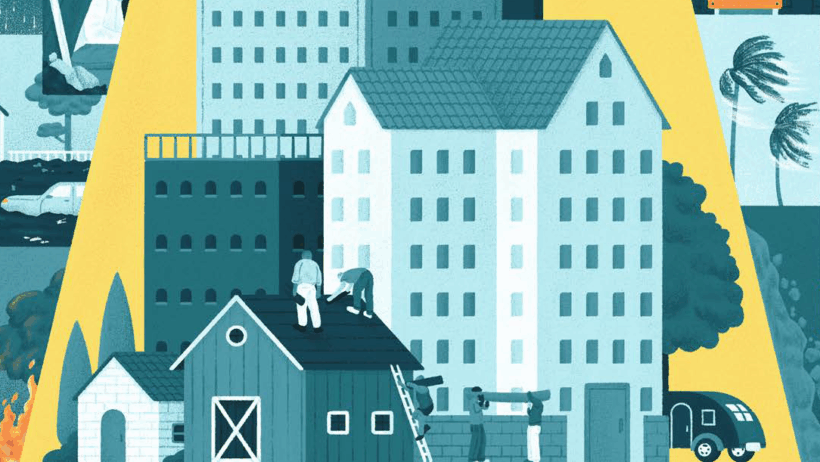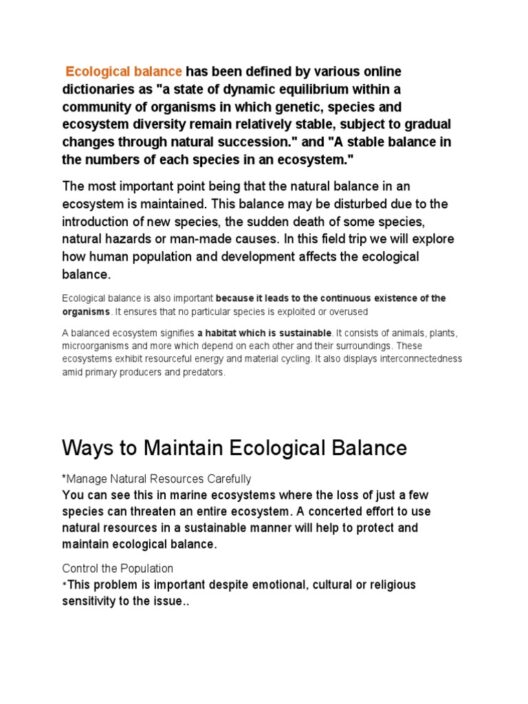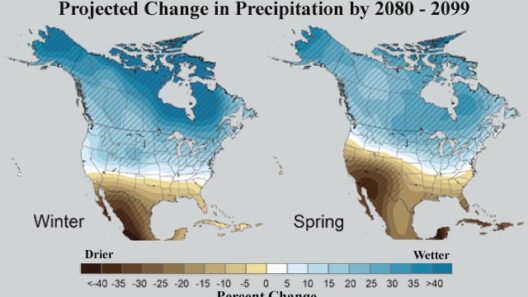As the Earth warms at an unprecedented pace, it is crucial to explore the interconnected fates of all inhabitants—human and non-human alike. Climate change serves not only as a backdrop for environmental degradation but also as a catalyst for profound shifts in ecosystems and human societies. The welfare of animals and natural habitats intrinsically ties them to the broader narrative of climate crisis, as their livelihoods epitomize the fragility of our shared home.
In recent decades, the average global temperature has escalated, leading to effects such as extreme weather events, habitat loss, and biodiversity decline. These phenomena are not merely abstract concepts; they manifest tangibly in the lives of countless species, pushing them towards extinction. Animals are increasingly finding themselves in peril as they navigate the challenges imposed by rising temperatures, which in turn affects human societies that rely on ecological balance for food, clean air, and water.
The disruption of ecosystems leads to complex consequences. For instance, the melting of polar ice caps is not solely a plight for arctic seals and polar bears; it has ripple effects that extend into the temperate and tropical zones. As sea levels rise, coastal communities face the threat of inundation, rendering entire populations vulnerable to displacement. This juxtaposition starkly illustrates how interconnected our fates are in the warming world.
Emphasizing interdependence allows for a more nuanced understanding of the climate crisis. The narrative often centers on human experiences—wildfires affecting air quality, hurricanes causing destruction, and droughts jeopardizing agriculture. However, neglecting the experiences of animals diminishes our grasp of the full scope of environmental transformations. The plight of animals is a reflection of broader ecological distress, with their struggles mirroring our own vulnerabilities.
Consider the plight of migratory birds, whose annual journey has been drastically altered by shifting climate patterns. These creatures rely on specific cues from their environment to navigate their complex routes. Changes in temperatures disrupt breeding and feeding schedules, leading to mismatches and population declines. In such a context, the fate of these birds becomes a harbinger of changes that will ultimately affect human food systems and economies reliant on stable climates.
Furthermore, the extinction of keystone species presents dire implications for ecosystems and, consequently, human stability. The sea otter, for instance, plays a pivotal role in kelp forest ecosystems, maintaining a balance that supports numerous marine species. As extinctions cascade through food webs, the potential disruption in fisheries becomes apparent—a domain in which humans are not merely spectators but active participants.
Global trends also signal an alarming increase in zoonotic diseases—diseases transmitted between animals and humans—linked directly to habitat destruction and climate change. The encroachment of human activities into wildlife habitats exposes humans to new pathogens. The recent global pandemic exemplifies the urgency needed to reconsider our interactions with the natural world. It forces us to acknowledge that the health of human populations cannot be separated from the health of animal species and their ecosystems.
What can be done to foster a more harmonious existence with nature in light of these shared fates? The answer necessitates a shift in perspective. Society must transition from viewing the environment as a mere collection of resources to be exploited, to recognizing it as an intricate web of life, deserving of reverence and stewardship. Education plays an essential role in this transformation, cultivating a sense of responsibility towards all living beings and emphasizing our interconnected destinies.
Instituting policies that protect wildlife and their habitats is paramount. Conservation efforts must encompass not only the macro-level strategies but also the micro-level actions that engage communities in protecting biodiversity. Strategies such as habitat restoration, wildlife corridors, and sustainable agriculture will allow ecosystems to adapt in the face of climate change, benefitting both animals and humans.
Even small, localized actions can have significant impacts. Urban areas, for instance, can adopt green spaces, creating habitats for various species while nurturing gardens that contribute to urban biodiversity. Community involvement is integral to fostering an ethos that prioritizes ecological balance. When people witness wildlife thriving in their neighborhoods, they become more attuned to the impacts of climate change and more motivated to advocate for solutions.
Moreover, international cooperation is vital to address climate change on a global scale. The interconnectedness of ecosystems knows no borders, demanding collaboration among nations to tackle root causes and share resources effectively. International treaties and agreements should establish ambitious targets to curb greenhouse gas emissions, ensuring biodiversity remains resilient in the face of inevitable climate shifts.
As the narrative unfolds, the realization dawns that humanity cannot thrive in isolation from nature. The shifting landscapes shaped by climate change urge us to confront the stark reality: the fates of all creatures are woven together in a tapestry of existence. Embracing this interconnectedness can catalyze a deeper commitment to sustainability and resilient ecosystems, ultimately leading to a more harmonious world.
In conclusion, the fate of animals and the fate of the Earth are inexorably linked. A warming planet necessitates a re-evaluation of priorities, catalyzing movements towards ecological stewardship that honors all life forms. Our curiosity about the natural world should incite action; understanding the shared fate of animals alongside the human experience demands an unprecedented commitment to forge a sustainable future. Acknowledging this interconnectedness promises a new narrative—one where we champion the rights of all beings and safeguard the planet for generations to come.








